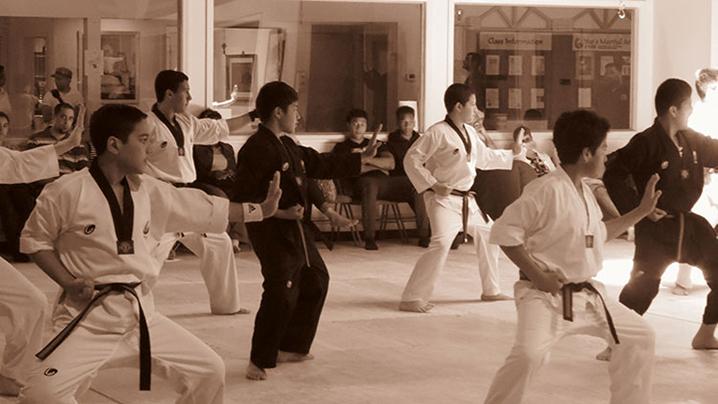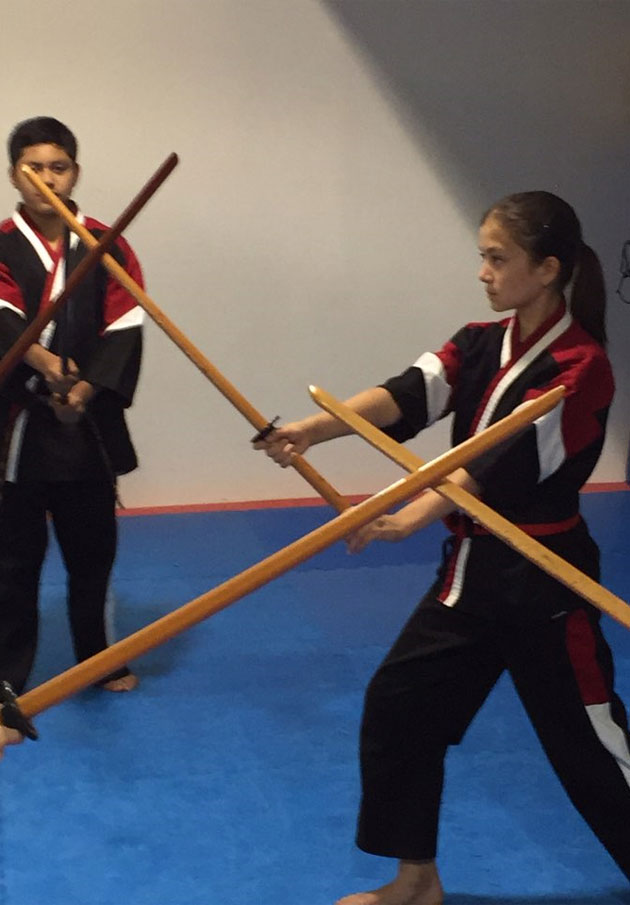2015 May Black Belt Indoor Test
On Saturday, May 9th candidates tested for indoor portion of the Black Belt test.
May 12, 2015
Benefits Of Taekwondo For Children
Taekwondo traces its origins in Korea and stacks favorably as one of the most martial arts in the world.
April 28, 2015
What Is Taekwondo
Taekwondo is one of the traditional Korean martial arts and is more than just physical combat skill. This sport appeared in Korea and has been known for more than 2000 years.
April 21, 2015



